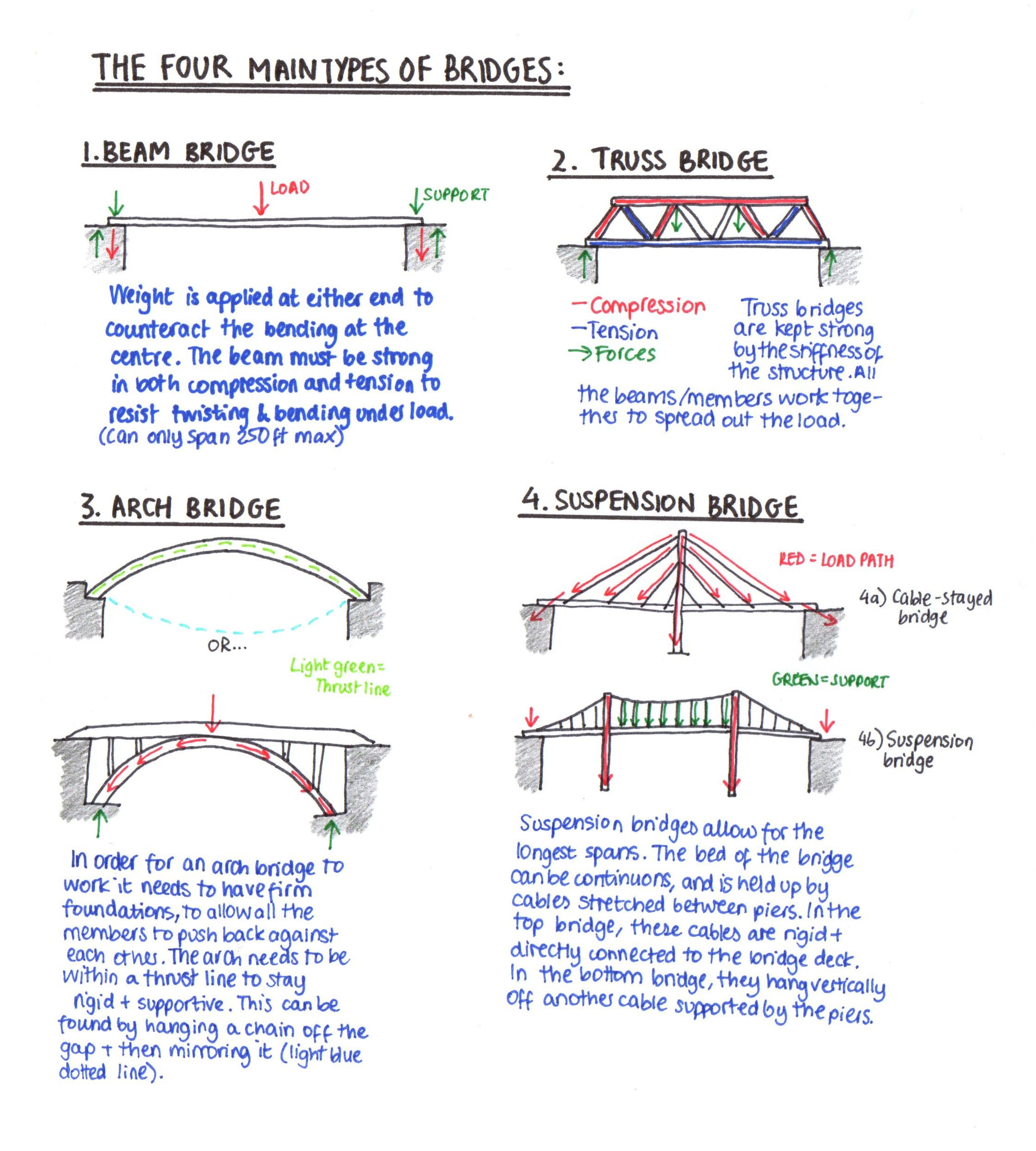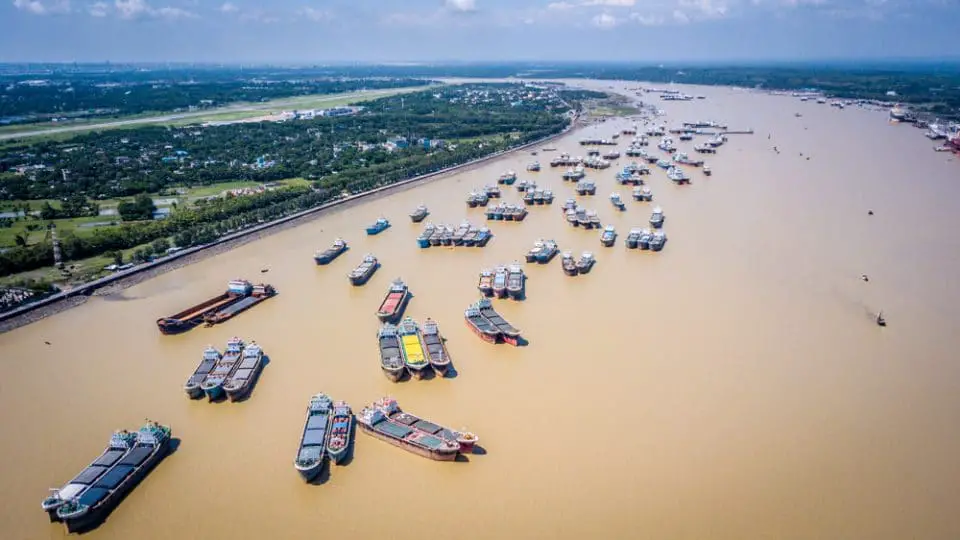Long-distance Traveling Made Easier
With the advancement of technology and infrastructure development, modern transportation systems allow for faster and more convenient long-distance traveling. Bridges play a crucial role in connecting different regions and reducing travel time between towns or cities located across rivers, seas, or canyons. While curved and straight bridges both serve this important function, their characteristics lead to different considerations regarding construction costs, travel speed, and driver experience.

Factors Affecting Bridge Design Choices
Many elements must be evaluated when determining the best bridge design for a given location. terrain constraints and environmental conditions can significantly impact construction feasibility and expenses. For example, a curved bridge may navigate physical barriers like rocky coastlines or steep cliffs more practically at a lower cost than a straight design. However, a straight bridge provides the most direct route between endpoints, shortening the travel distance. Safety standards also factor in, as curved bridges usually mandate lower speed limits for safety.
Shortest Distance Saves Time for Drivers
It is an irrefutable geometric fact that the shortest path between two points is a straight line. Therefore, all else being equal, a straight bridge allows for faster travel speeds by offering the most direct connection without unnecessary turns. Curved bridges are inherently longer to accommodate their curving design, increasing the total travel time and distance for drivers. The additional length also requires more construction materials and expenses to complete. Therefore, from the perspective of passengers wishing to reach their destinations quickly, a straight bridge design is generally preferable to a similarly-sized curved alternative.
Deeper Foundations Increase Costs
Terrain underground can vastly affect how economically feasible different bridge foundations are to construct. Deep water or soft riverbeds may necessitate complex engineering solutions like substantial pilings drilled deep into the ground or anchoring systems. However, establishing foundations on solid bedrock is a much simpler process requiring less material and labor hours. A curved bridge route could potentially thread between areas of weak subsurface and traverse primarily on areas with bedrock near the surface. This may allow for lower-cost construction than a straight bridge spanning an equally long distance but through less geologically desirable terrain underground.
Environmental Impacts Consider Sustainability
In addition to financial and engineering practicality, environmental sustainability has become an increasingly important factor for major transportation infrastructure projects. Curved bridge designs may disturb less natural habitat compared to straight bridges that require clear land on both riverbanks. They also introduce greater chances to incorporate scenic overlooks and recreational spaces that double as wildlife corridors. However, longer bridge lengths increase material needs, raising carbon emissions from concrete and steel production. Life cycle analyses capturing all impacts must evaluate which design footprint and construction approach better respects the natural ecosystem in the long run.
Public Feedback Aids Decision Making
Ultimately, gaining community support and addressing local needs and priorities is also critical for bridge planning successes. Early and extensive public consultation can provide valuable perspective. While construction costs and travel speeds are tangible metrics, less quantifiable quality of life impacts matter greatly to residents. Curved bridges may preserve scenic river views or avoid disrupting trekking trails valued by the public. Straight bridges could relieve traffic congestion concerns in growing regions. Balancing technical, financial, social, and environmental viewpoints leads to designs serving the public good over decades. Ongoing feedback loops help maintain responsiveness to shifting community standards over the long lifespan of bridgeworks.
In Summary
Both curved and straight bridge designs have pros and cons depending on the specific geographic, economic and planning contexts they are applied in. Thorough holistic analysis of construction feasibility, driver experience, environmental sustainability, and community priorities aids choosing options that optimize multi-dimensional values. While a straight bridge typically provides the shortest and fastest route, a curved alignment may at times allow for lower-cost construction through stable terrain or cause fewer disruptions to nature and recreation. Achieving well-rounded optimization requires considering perspectives from engineering, transportation, sustainability, and public welfare standpoints.

 Fascinating Places to Visit in Chittagong Division, Bangladesh
Fascinating Places to Visit in Chittagong Division, Bangladesh